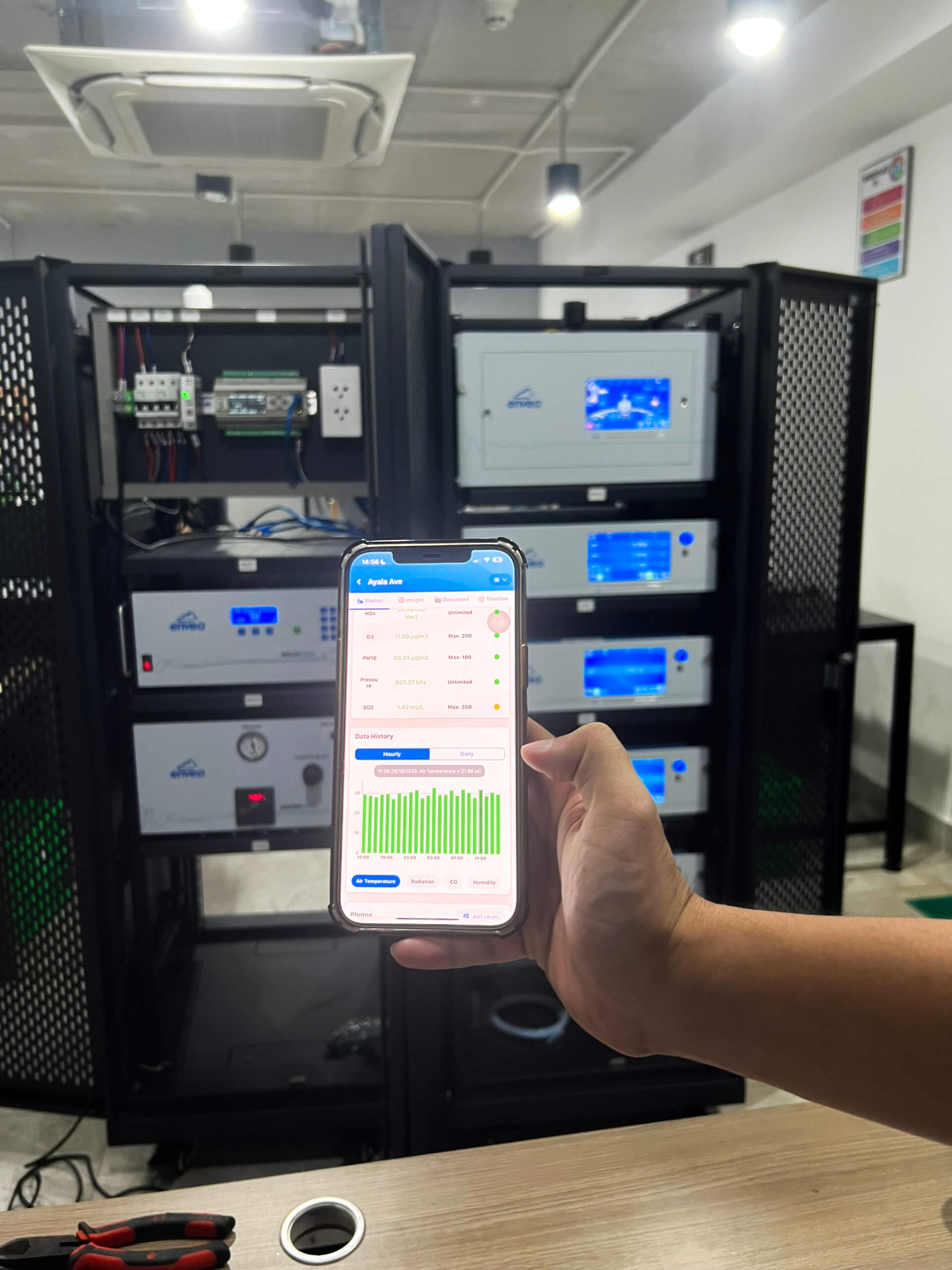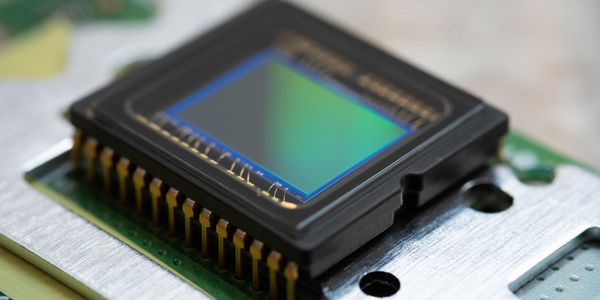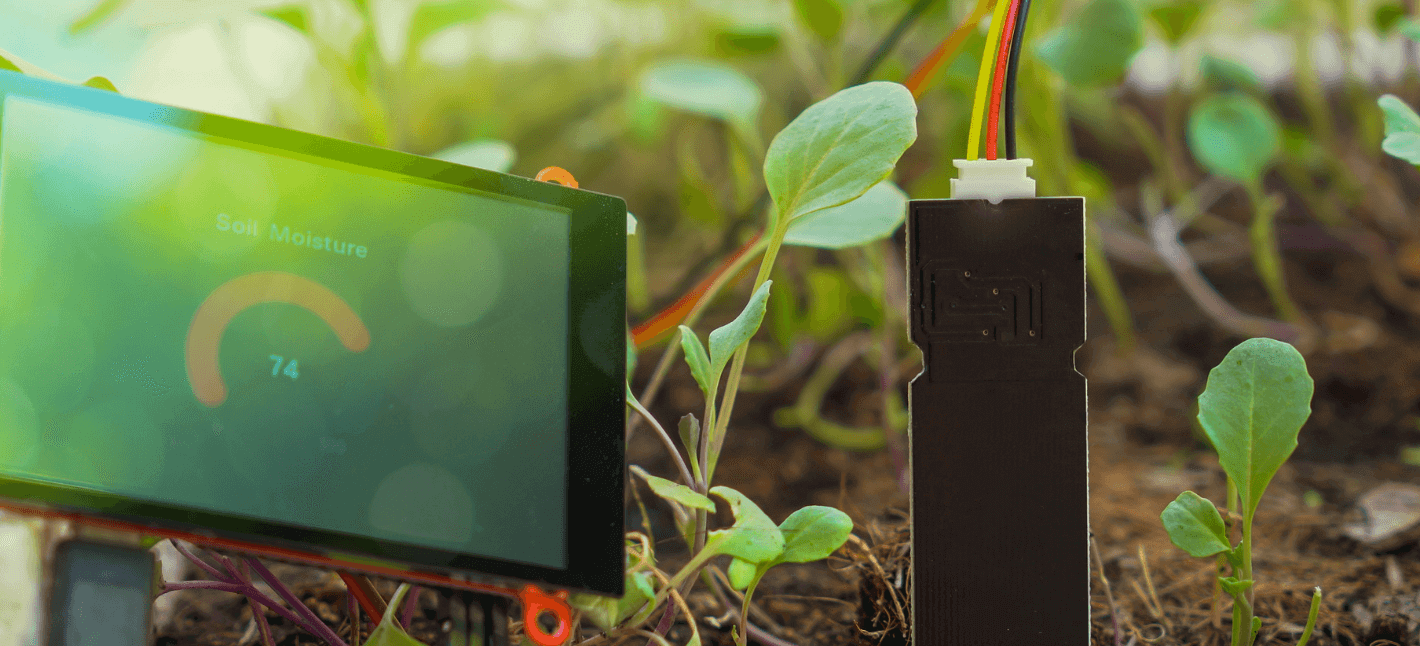IoT technology is revolutionizing environmental monitoring. With the ability to collect accurate and timely data, IoT helps us quickly detect and address pollution issues, thereby minimizing negative impacts on the environment. Compared to traditional methods, IoT offers higher efficiency, significant time and cost savings. IoT sensors are the eyes of the environmental monitoring system. These small devices continuously gather information on air quality, water, soil, noise, and more. Based on the data collected, we can make precise decisions to protect our living environment.
According to Przemek Szleter, the founder and CEO of DAC.digital, with over 16 years of professional experience in business management and information technology, let's explore five steps to integrate sensors and maximize the use of IoT sensors for real-time environmental monitoring.
Step 1: Define Objectives
Setting clear objectives is crucial to start with. This helps in designing an IoT system that meets specific requirements. Defining objectives should include the following three factors:
- Identify Environmental Parameters: Determine the impact areas you want to monitor, such as ambient air quality, water quality, soil health, energy consumption, and waste management.
- Define the Scope of Monitoring: Decide whether you want to monitor indoor environments (e.g., buildings, factories) or outdoor settings (e.g., urban areas, forests, rivers).
- Establish Benchmarks: Set threshold values for current environmental monitoring indicators to compare against.
It is important to define measurable objectives to track progress and address potential issues.
Step 2: Select and Deploy IoT Sensors
Choosing and deploying the right sensors is crucial to ensure accurate data collection and achieve the goals of environmental monitoring with IoT. Key criteria include:
- Accuracy and Precision: Ensure the sensors you select provide precise and reliable measurements for the chosen environmental parameters.
- Durability and Reliability: IoT sensors for environmental monitoring often need to withstand harsh conditions. Industrial-grade sensors that can endure extreme temperatures, humidity, dust, and water exposure are ideal for outdoor applications.
- Optimal Power Consumption: Consider the power requirements of the sensors, especially for remote or battery-powered deployments. Energy-efficient sensors are preferable to extend battery life, particularly for sensors that cannot be powered via cables.
- Connectivity and Compatibility: With various communication protocols available for IoT sensors (e.g., Wi-Fi, Zigbee, LoRaWAN, Bluetooth), it's crucial to ensure sensor compatibility with the chosen protocol and other devices in the network.
Step 3: Establish Connectivity
Establishing connectivity is crucial for the success of IoT environmental monitoring. It ensures that sensors transmit accurate data to a central system for analysis and decision-making. Setting up connectivity for IoT environmental monitoring includes choosing appropriate communication protocols such as Wi-Fi, LoRaWAN, and cellular networks; ensuring a robust network architecture with gateways and hubs; and implementing power management strategies like solar panels for remote sensors.
Maintaining cybersecurity through encryption, authentication, regular updates, and intrusion detection systems is essential to ensure data integrity and compliance with regulations. Organizations can collect real-time data and effectively monitor for sustainable operations by strategically placing IoT sensors and using signal boosters when necessary.
Step 4: Establish Robust Data Processing Capabilities
Integrating data processing capabilities for IoT environmental monitoring involves implementing edge computing to process real-time data at the source. This reduces latency and bandwidth usage, which is crucial for applications requiring immediate response, such as automated control systems.
Establishing a cloud infrastructure provides extensive data storage, advanced analytics, and efficient data management, leading to quick decision-making and deeper insights into environmental conditions.
Step 5: Develop Device Management Software and Derive Insights from Data
Device management and data monitoring software are crucial for proper device management and data processing. IoT environmental monitoring platforms offer essential services such as device connectivity, data collection, storage, and processing. Developing custom applications allows you to visualize collected data through user-friendly dashboards and charts, enabling real-time monitoring and analysis.

In addition, these applications can generate alerts for critical conditions and automate control systems, such as adjusting HVAC settings based on temperature data, thereby enhancing operational efficiency and sustainability. By combining robust IoT platforms with customized software solutions, organizations can achieve comprehensive environmental monitoring and proactive management.
iLotusLand is an environmental IoT company offering data-driven environmental monitoring solutions for better decision-making. With our plug-and-play stations, we monitor a wide range of parameters in Wastewater, Surface Water, Groundwater, Drinking Water, CEMS, AAQMS, etc. And iLotusLand data analytics platform delivers actionable insights for government, industries, and communities. Our commitment is to be a key player in fostering a sustainable future through intelligent environmental monitoring solutions and data science.
Contact iLotusLand for detailed consultation on our environmental management software!
Conclusion
IoT is ushering in a new era of environmental monitoring. With its ability to collect accurate and continuous data, IoT not only helps us gain a better understanding of environmental conditions but also supports effective management decisions, paving the way for a sustainable future.
—————————————–
For environmental monitoring solutions, contact iLotusLand:
𝗘𝗺𝗮𝗶𝗹: info@ilotusland.com
𝗛𝗼𝘁𝗹𝗶𝗻𝗲: +84 909 403 778
𝗪𝗲𝗯𝘀𝗶𝘁𝗲: www.ilotusland.com








